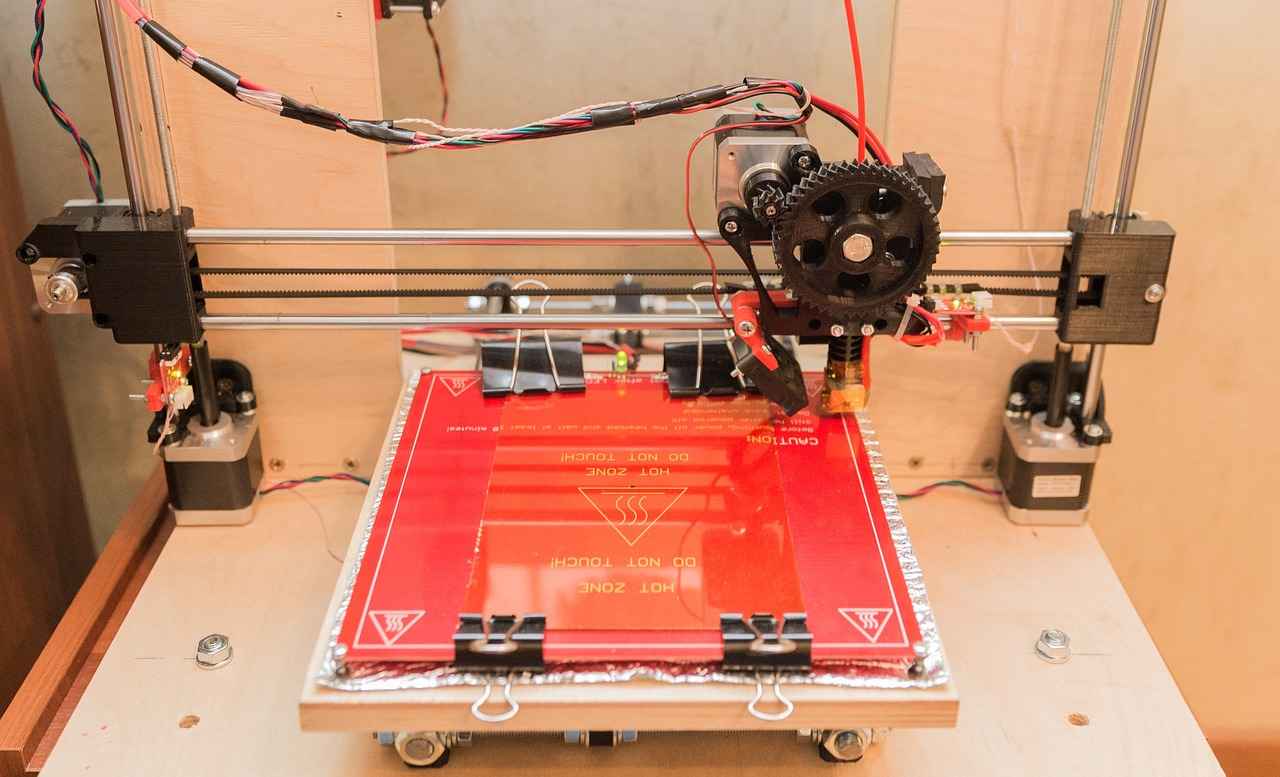
If you’re reading this guide, you’re probably considering applying (or you’ve already applied) for a job in marketing, and you have little to no print marketing experience.
But don’t worry; the main points you need to know about the world of print are detailed below, so keep reading to properly prepare yourself to discuss print in your next marketing job interview!
Many candidates will be denied marketing roles because they don’t have enough print marketing experience. That’s why we’re going to cover the basics to get you up to scratch about all things print. The best place to start is to explore booklet printing and binding, as once you know the basics for booklets, flyers, business cards, and other print types are much easier to get the hang of!
So, without further ado, let’s get you caught up on booklet printing and binding.
Table of Contents
A good place to start is with paper types. There are many paper types out there, but we’ll focus on the most commonly used ones: silk, gloss, uncoated and recycled.
If you’re printing something in a booklet form, such as a magazine or brochure, you’ll need to include a booklet cover. Covers typically comprise four sides of thicker GSM (Grams per square metre) paper at the front and back of your booklet, making it look professional. The cover protects the inner pages from damage, such as scuffing and tearing.
Cover papers are available in a range of paper types, including silk, gloss, uncoated and recycled paper. Cover paper is also thicker than the inner pages, ranging from 170GSM to 300GSM in some instances. However, some publications don’t use a thicker cover; they simply use the first and last interior pages as the front and back covers. This typically occurs when the publication is printed using recycled or uncoated paper, as they shouldn’t be laminated.
Opting for laminated paper is a good way to ensure printed materials are well protected. Lamination is recommended for specific printed materials such as business cards and posters. However, laminating booklets is also an option, as it will give the publication a sleek, professional appearance while enhancing durability.
Regarding finishes, there are two main options you need to know about:
For a shiny finished product, choose gloss cover paper with a gloss lamination. Not only will the product look sleek and shiny, but it will also improve the contrast between colours. For this reason, high-end magazines are often printed on gloss paper with gloss lamination.
Alternatively, a popular option is combining a silk cover with matt lamination, which is a safe option to achieve the best results for a range of printed materials. Finally, recycled and uncoated papers shouldn’t be laminated as the finish will not adhere to the paper properly.
A saddle stitched booklet is a compact and efficient print solution, perfect for conveying information in a concise and organized manner. Its seamless combination of pages, bound by staples through the centre fold, creates a durable yet aesthetically pleasing format.
Whether it’s a brochure, manual, or magazine, the saddle stitched booklet offers a professional and polished presentation for your content.
There are three main binding types: staple, perfect and wire.
But these aren’t the only binding options. In some cases, case binding might be a suitable option. The process involves sewing paper together in sections attached to the inside of a case. This method is the traditional way to bind a hardback book.
The print file will contain the digital design of marketing materials. First, you’ll need to decide how big the finished product will be and how it should be bound, as that will enable you to settle on the basic dimensions. Once you’ve determined the dimensions of the marketing materials, you can determine where the bleed area and quiet area will be.
Screens display RGB colours generated by light, whereas printing machines produce CMYK (which stands for cyan, magenta, yellow and key) colours using ink. As a result, it’s not possible to print in RGB. Instead, RGB colours are converted to CMYK for printing. Sometimes, unfortunately, this can cause colour inconsistencies. So before starting a new design, it’s vital that you set colours to CMYK in the design software you’re using.
Although printing machines can process JPEG files, word documents and other low-resolution files, we recommend that you upload PDF files using the ‘high-quality print’ setting in design software such as InDesign. Additionally, images should be at least 3000 dpi to ensure they don’t come out looking grainy.
We hope our guide to print has helped you prepare for your next marketing interview. We wish you the very best of luck in your search for a job in marketing!
London is a cultural mosaic with great history and indulgence, so how can it be…
Are you searching for the best place to shop for Indian sarees in London? London…
Small businesses often find it difficult to navigate the UK banking landscape. There are so…
In the complex world of property finance, mortgage advisors are indispensable allies for anyone looking…
In the fast-paced world of the digital age, marketers often search for the next "big…
If you are a newly self-employed entrepreneur or freelancer, then chances are you’ve not even…